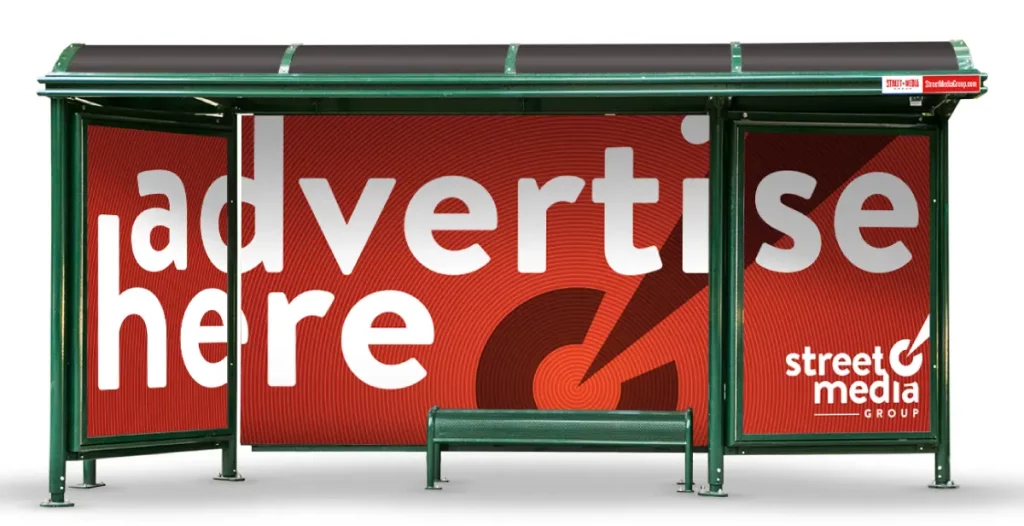
According to the Nielsen Out-Of-Home Advertising Study, U.S. travelers average 22 hours driving or riding in a vehicle per week. This means U.S. travelers spend an average of 4 hours and 24 minutes traveling per weekday. 87% of people in the United States travel in a car, truck, or other private vehicle and 30% of them use public transportation as well. Additionally, 60% of people aged 16 years or older reported walking through a town, city, or downtown area and 38% of those people spend an average of 3 hours walking per week.
Outdoor advertising consistently reaches this vast audience while they’re in the marketplace and prepared to spend. 90% of U.S. travelers aged 16 years or older noticed any form of out-of-home advertising in the past month. 78% of those travelers noticed transit advertising and 50% noticed street level ads. More specifically, it was found that 39% of the people noticed a bus stop advertisement. To put this into perspective, an average of 81% of people surveyed who saw an out-of-home advertisement engaged with the messaging. These numbers prove the strength of outdoor advertising, particularly transit advertising.
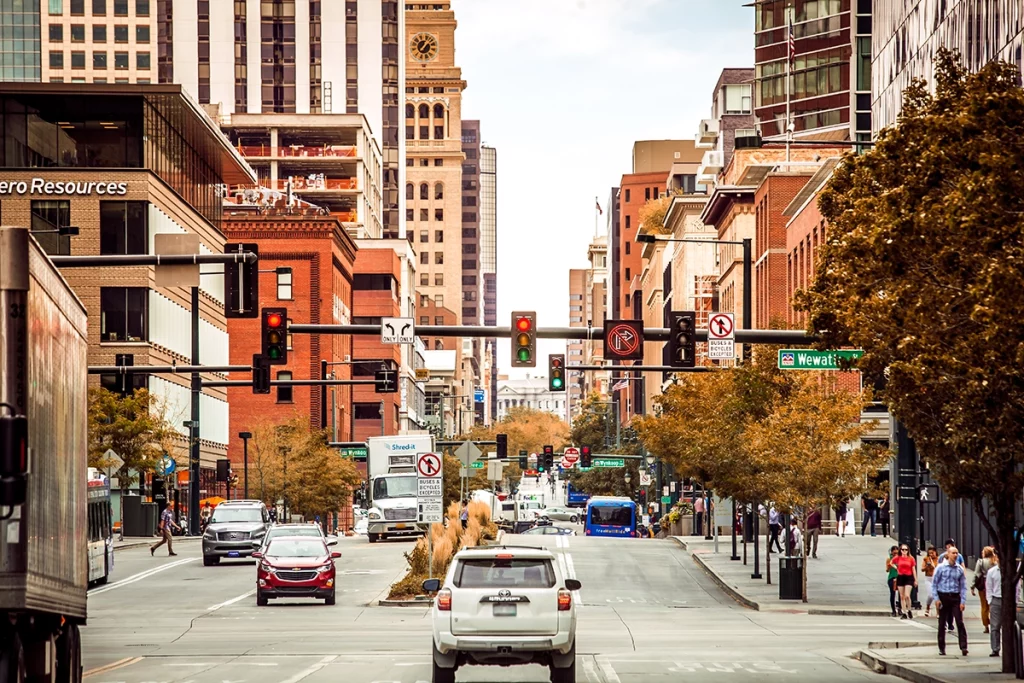
Bus stops provide a unique advertising opportunity due to their location on busy surface streets and intersections targeting high traffic of motorists and commuters. In a recent study of Americans aged 16 and older, 39% reported having seen an advertisement on a bus shelter recently. Bus stop ads can be seen by drivers, bikers, walkers, bus goers, etc. The amount of exposure offered puts clients in a unique position to build brand awareness with a local and mobile audience.
At Street Media Group, we have an extensive inventory of advertising opportunities at bus stops throughout some of Colorado’s and Arizona’s most populated cities. Located along the busiest roadways in these markets, our bus stop ads are highly visible to a large and growing audience. Most of our displays deliver an average of 43,000 weekly impressions and our top performing displays reach approximately 70,000 potential clients each week. With an average cost of roughly $75 per week for our bus stop posters, we offer big results at a very low cost per thousand.
Our bus shelters have multiple advertising faces, creating a variety of combinations for marketing campaigns.
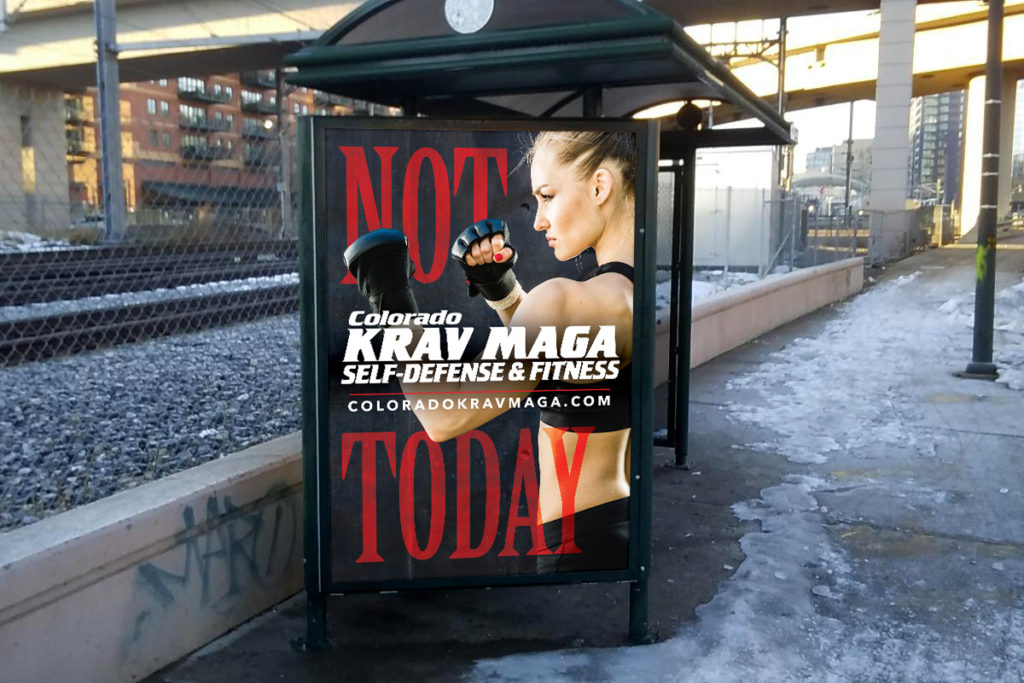
Our bus stop poster panels offer diverse advertising options, including directed campaigns and full market coverage. These oversized 4ft x 6ft posters are angled toward traffic along the busiest roadways of the city, demanding attention from diverse demographics.
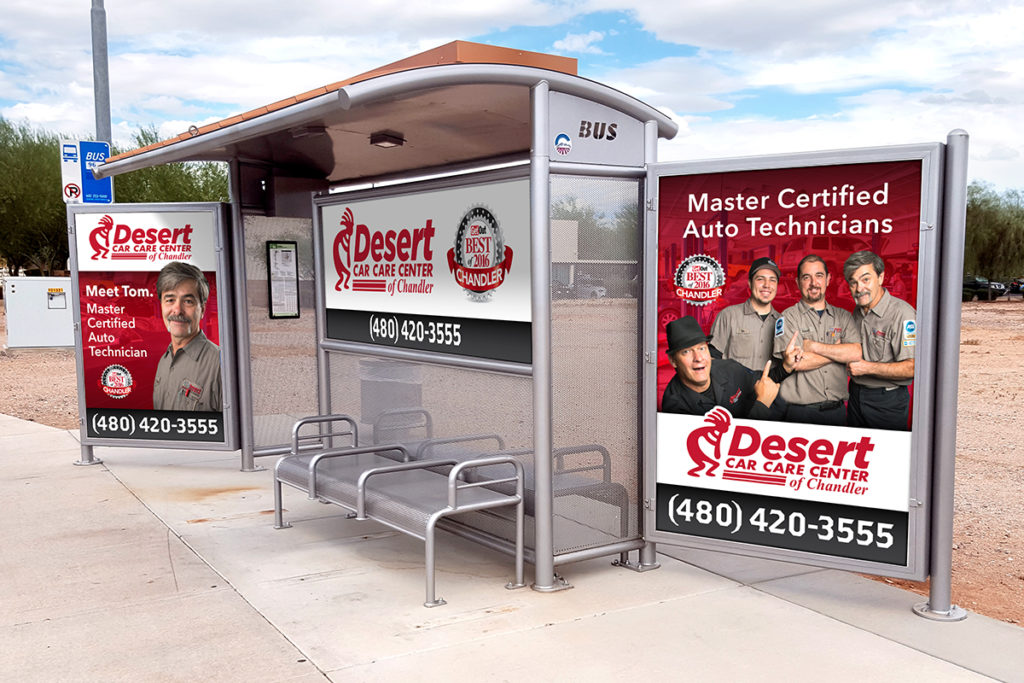
To create a dynamic and unified advertising area, the posters on a bus shelter are combined with a portion of the rear wall. With this feature, advertisers can display their overall brand, present special offers, and give driving instructions to their storefront all in one place. Make a big impression on commuters and enjoy the results.
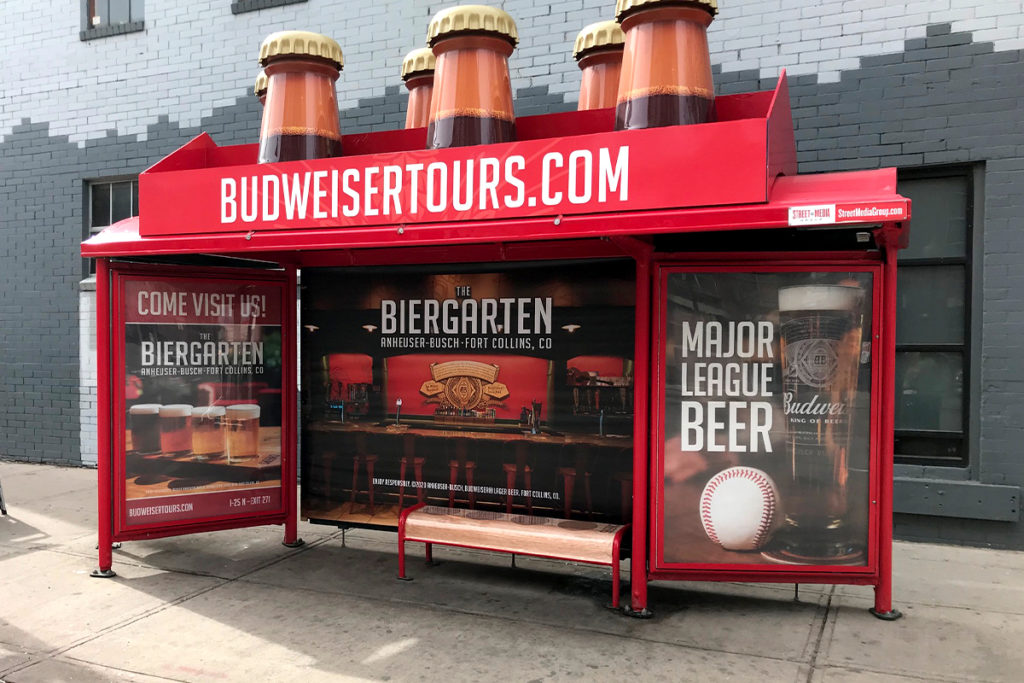
By utilizing every square inch of the available advertising area on our bus shelters, our Curbside Castles give you the exceptional potential to enhance your effect in the marketplace. Creating a super ad out of all the combined ad spaces of a typical bus shelter will help you make a very strong statement.
Bus stop ads can build brand awareness, promote events, deliver messages, direct traffic to your location, or offer deals to commuters. The key is crafting ads that are eye-catching, clear and concise for the audience. Here are some ideas for bus shelter posters:
NEW PRODUCTS AND SERVICES
Promote a new product or service with eye-catching imagery and minimal text. The versatile space lends itself well to simple, bold designs.
AWARENESS
Feature a public service announcement or health awareness campaign. Bus stops provide high visibility for delivering an important message.
EVENTS
Advertise an upcoming event like a concert or festival. Include the key details – who, what, when, where.
RELEVANCE
Take advantage of the transit context. Play on themes like “Waiting for the bus? There’s no wait for…” or “Going places? So are we…”
OFFERS
Make an offer. For example, “Stop in for coffee – 25% off with mention of this ad.”
BE FUNNY
Add humor and wit to stand out. Short, punchy copy and smart visuals will be noticed.
INTERACTION
Encourage engagement with a QR code, hashtag or call to action. Provide a reason for viewers to follow up.
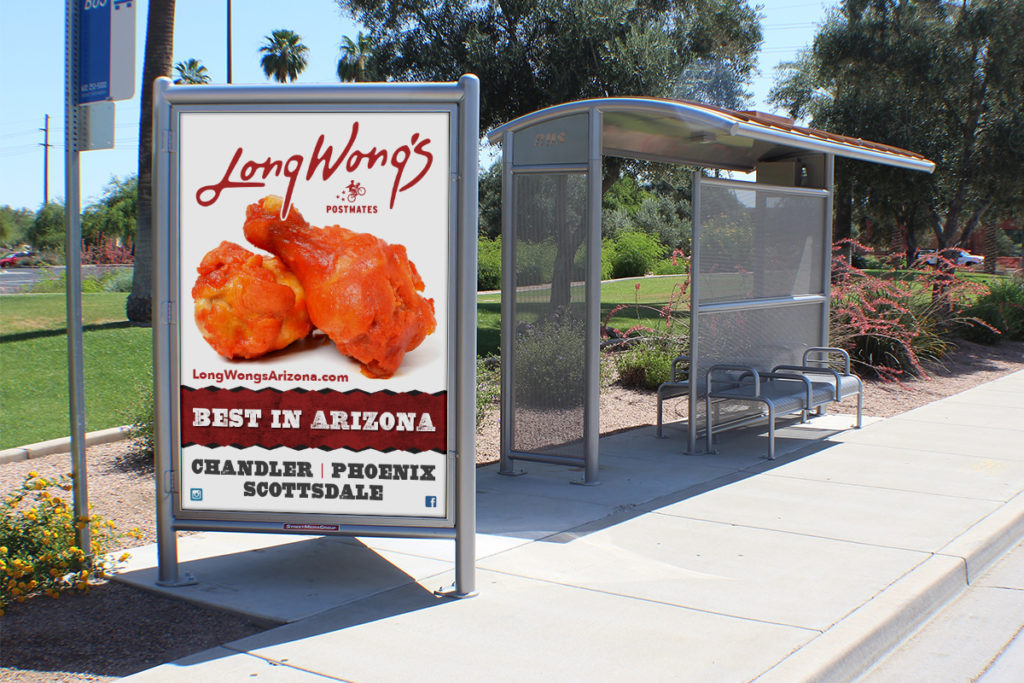

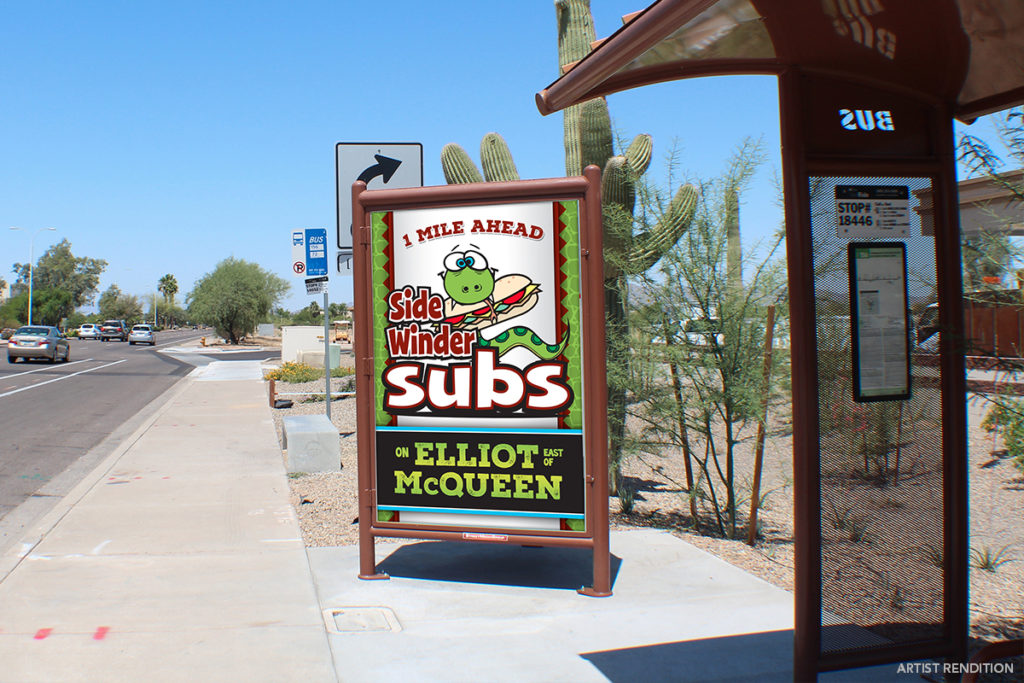
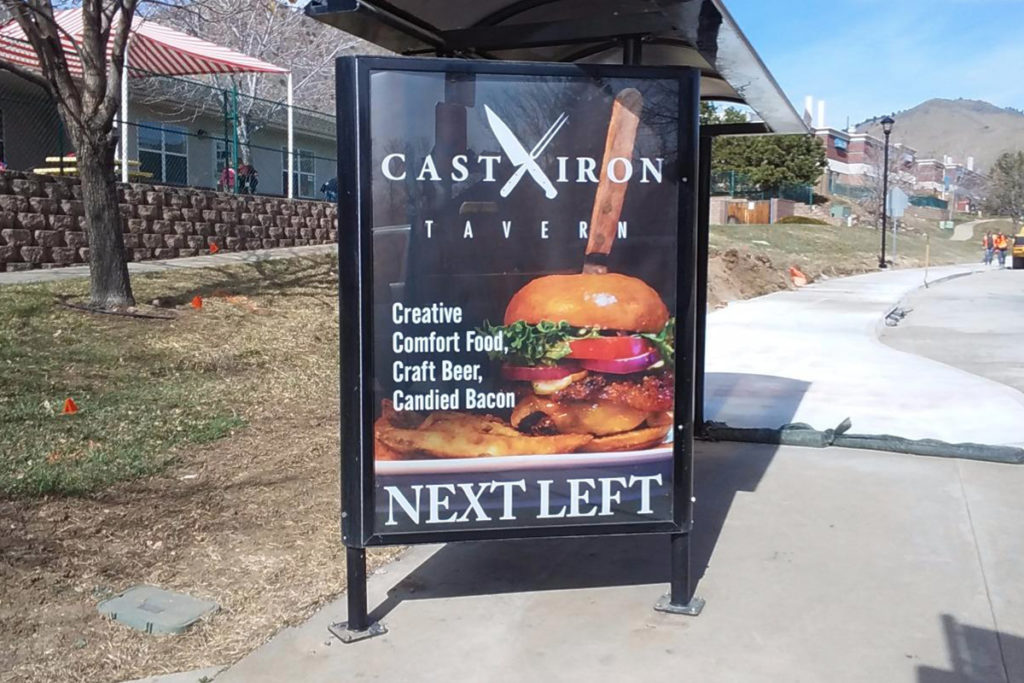
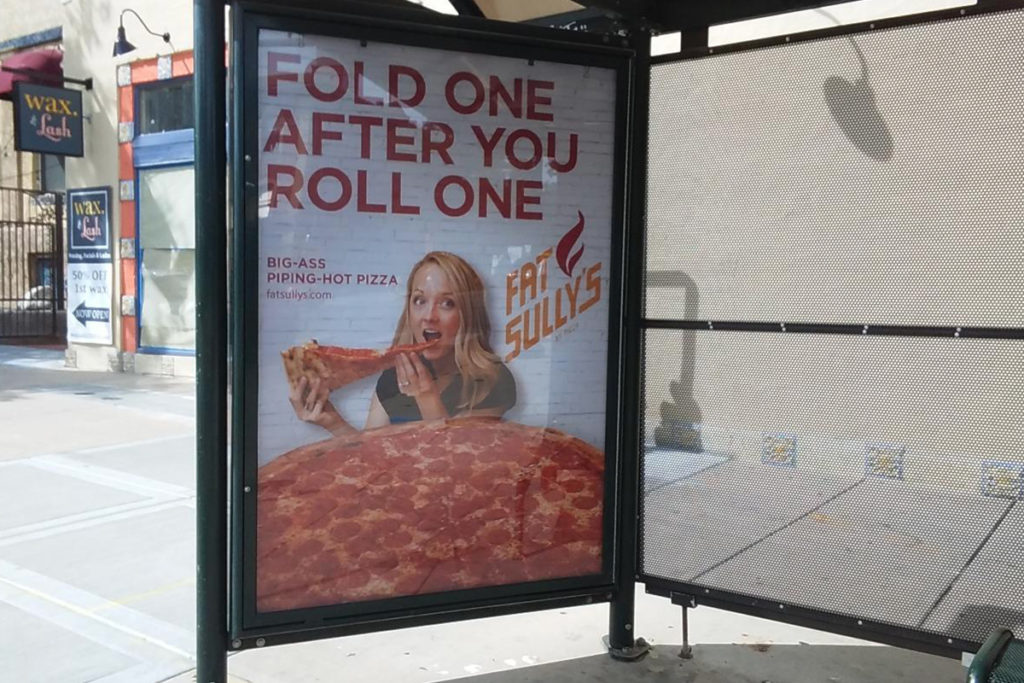
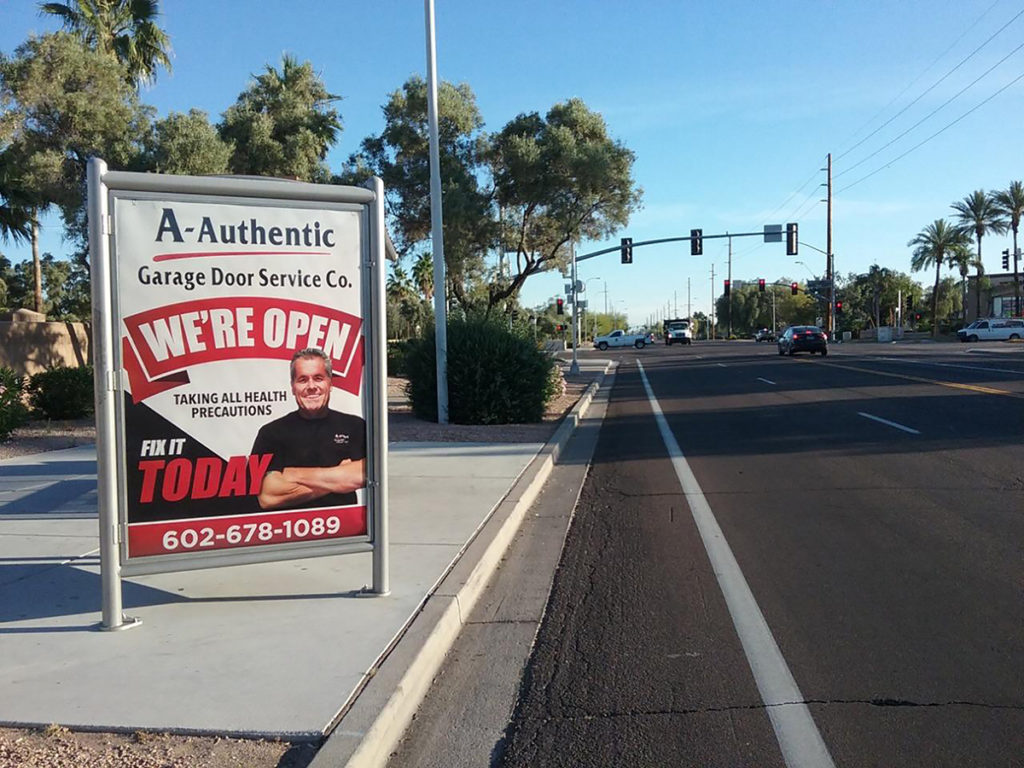
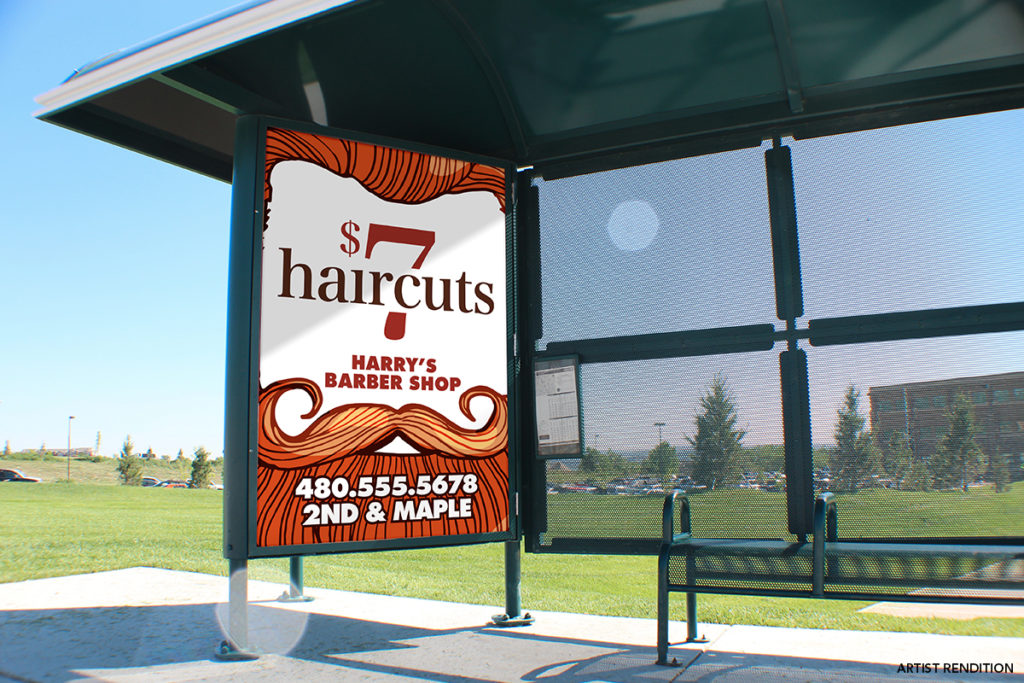
Coordinated bus stop ads, utilizing the back wall and side posters, require thoughtfully integrating graphics, text, perspective and flow to tell one immersive brand story. The combined effect should feel visually unified and complementary. Here are some tips for creating coordinated back wall and side poster ads in bus shelters:
USE A COHESIVE VISUAL THEME
Same color palette, fonts, photographic style, etc. This helps connect the different ads.
FEATURE THE SAME SUBJECT OR PRODUCT ACROSS BOTH ADS
Show different angles, close-ups, usage scenarios.
TELL A CONTINUOUS STORY FROM ONE AD TO THE NEXT
Tell a continuous story from one ad to the next. The back wall sets up the context, side poster advances action.
The back wall acts as bold background, side posters overlay key details like offer, description, etc. Align text and graphics so there is visual flow from back to side ads. Use directional cues like arrows.
Make sure all critical elements of your message are large and legible.
Balance text and negative space. Avoid visual clutter since two ads are competing for attention.
Use the larger back wall for brand messaging and imagery, side posters for promotional details.
Consider physical placement. Will people be facing the back wall first or side posters? Orient imagery accordingly.
If using different offers/messages, make each ad independently understandable.
Include a distinctive, common logo/branding element across all pieces for cohesion.
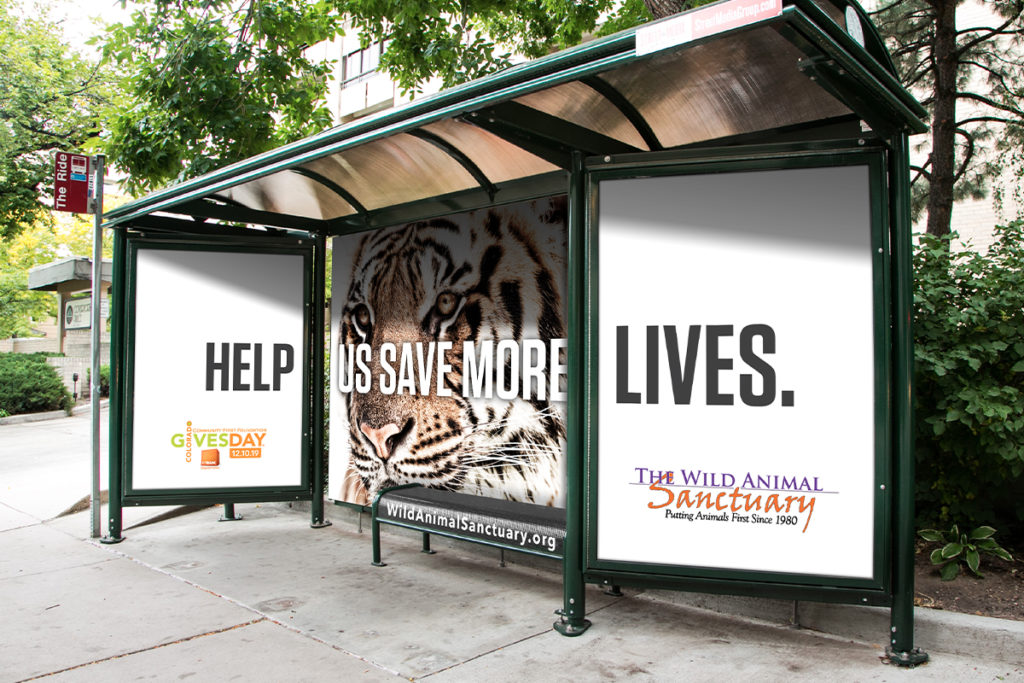
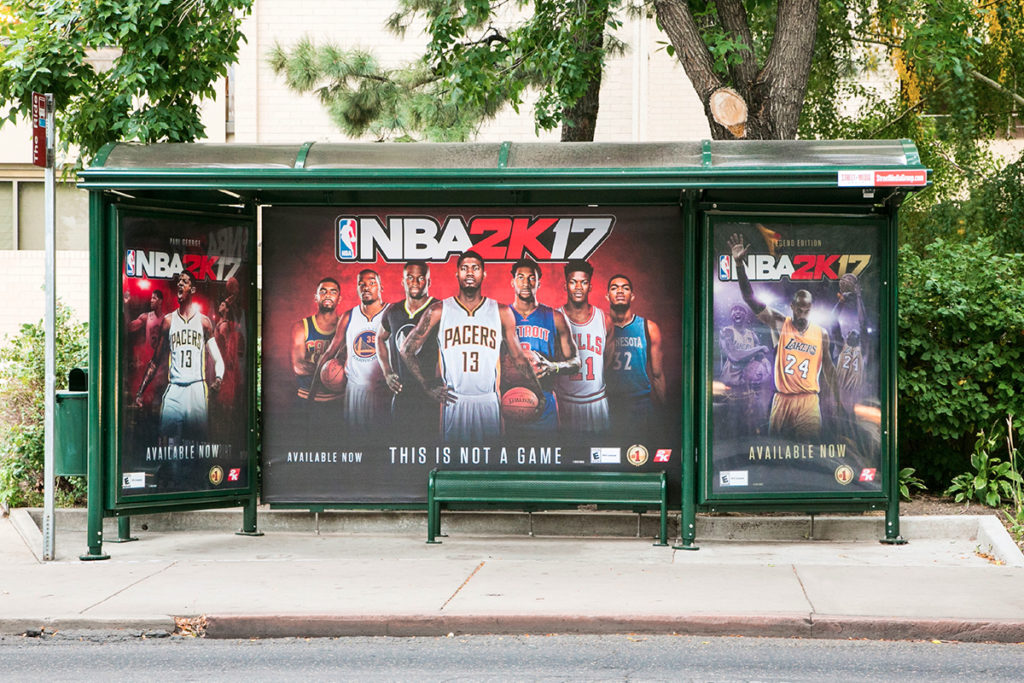
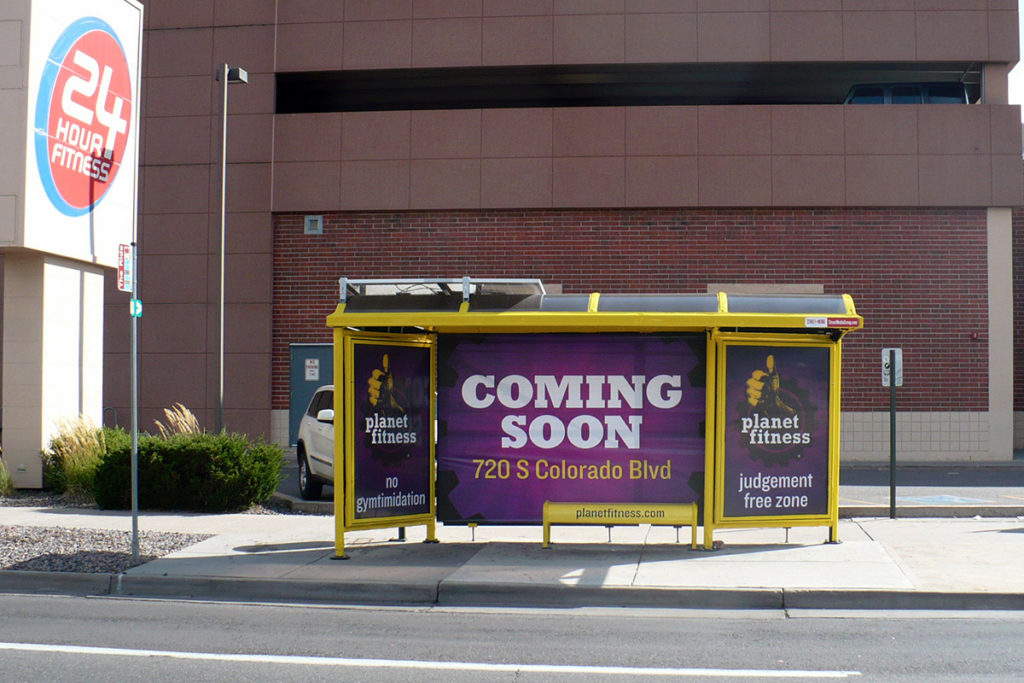
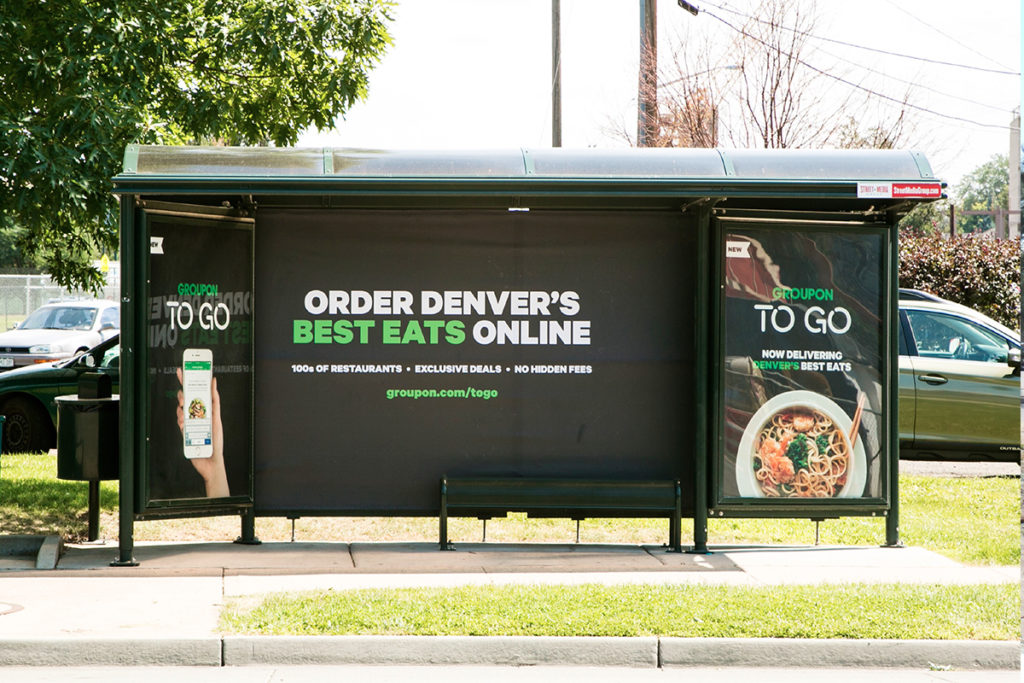
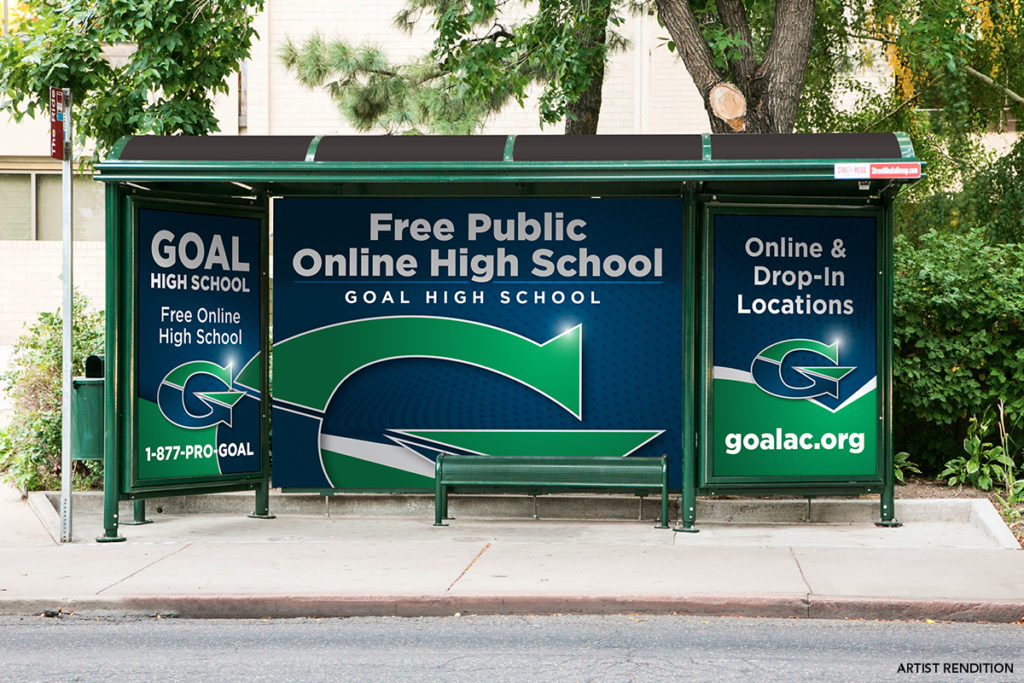
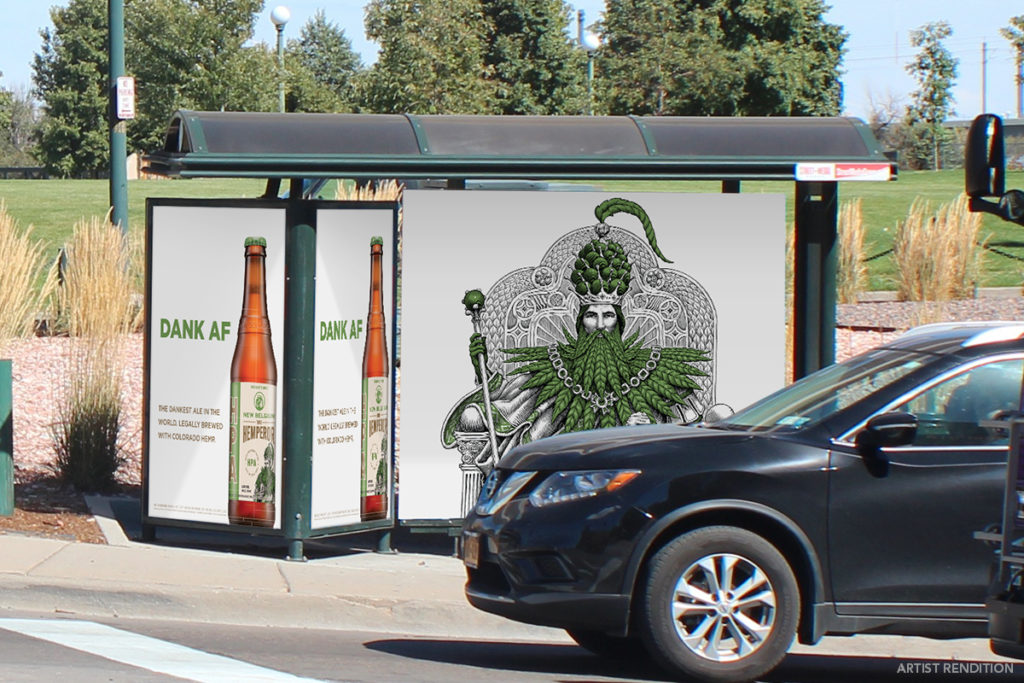
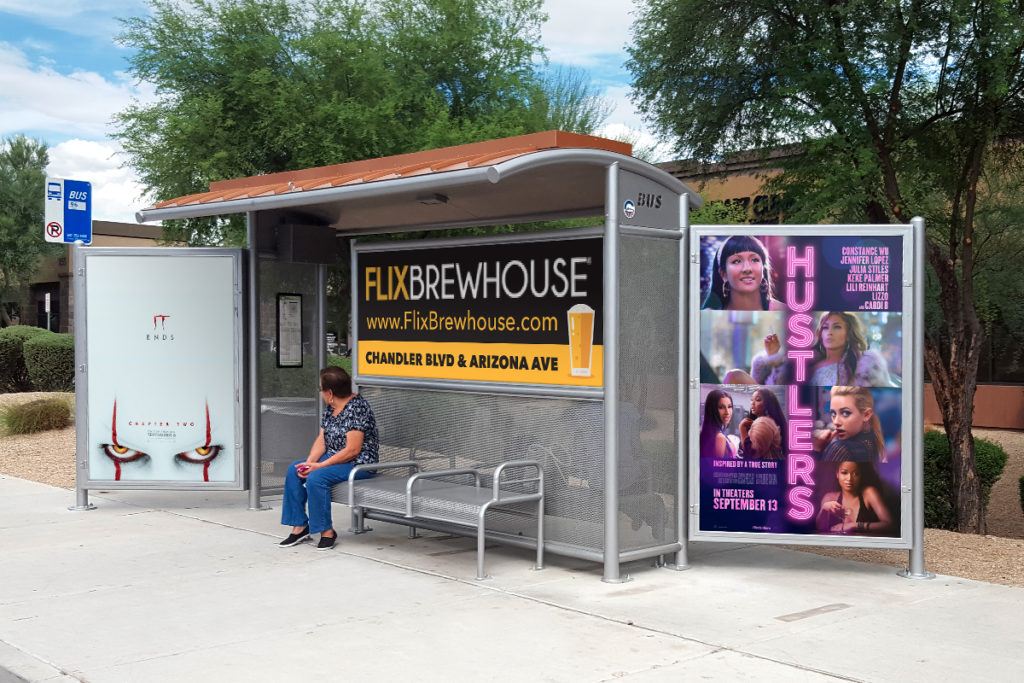
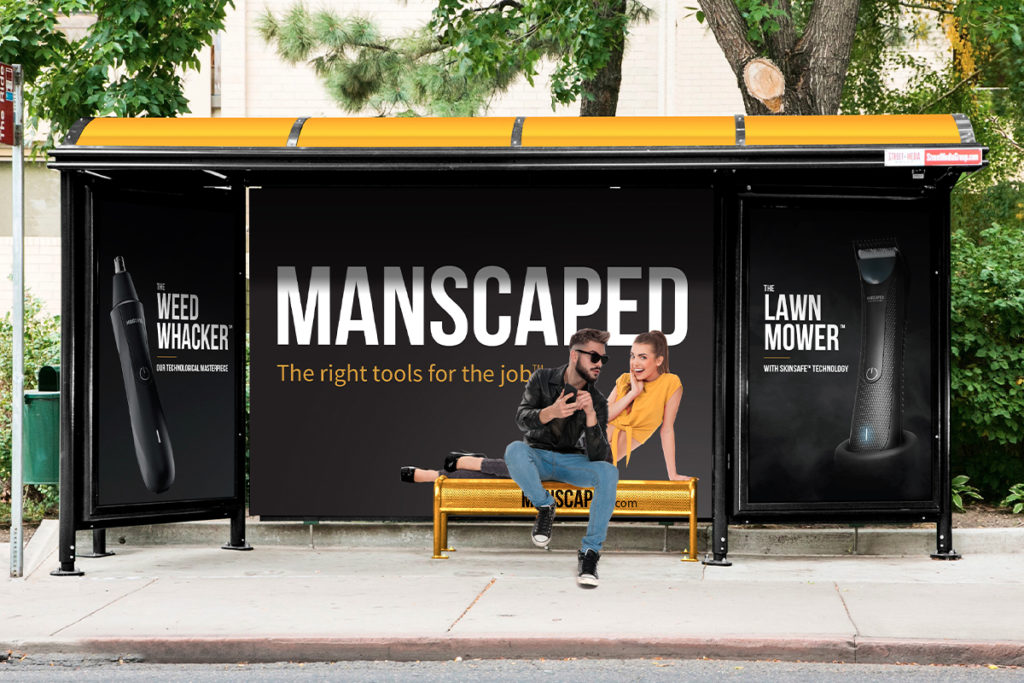
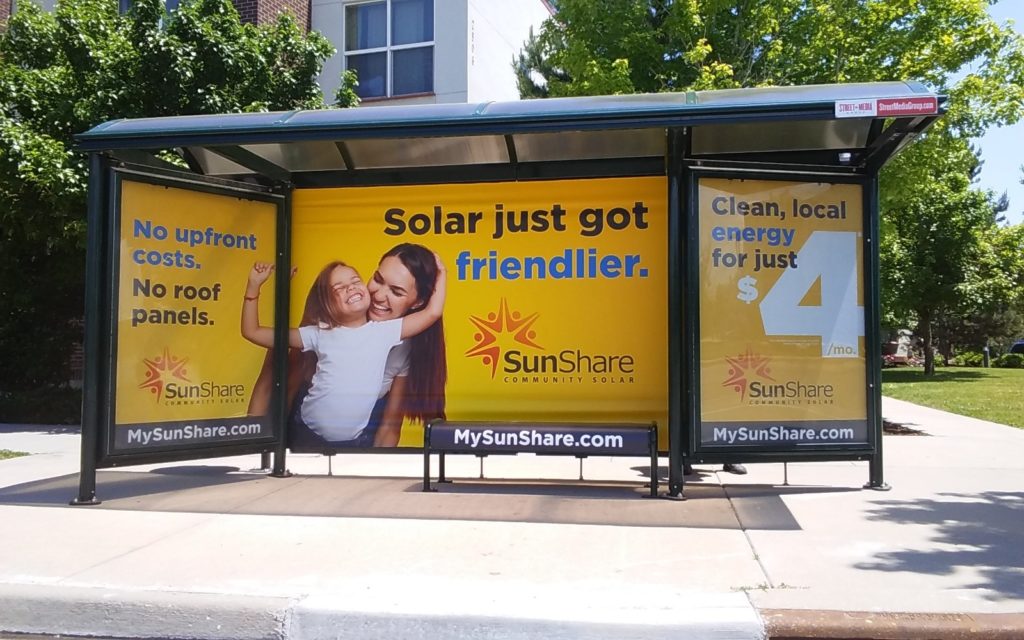

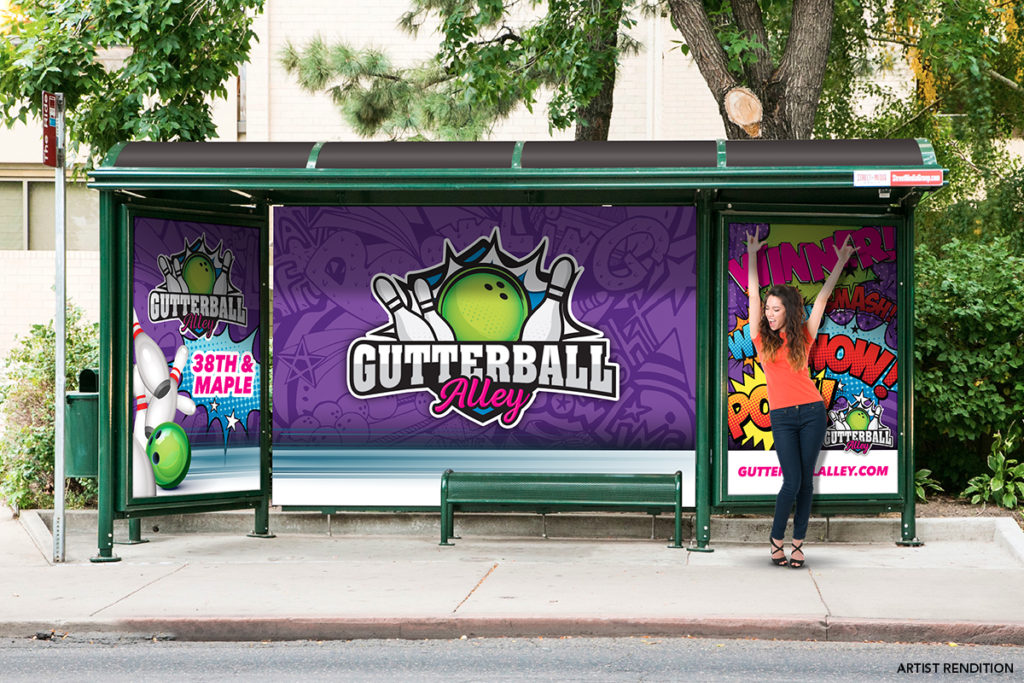
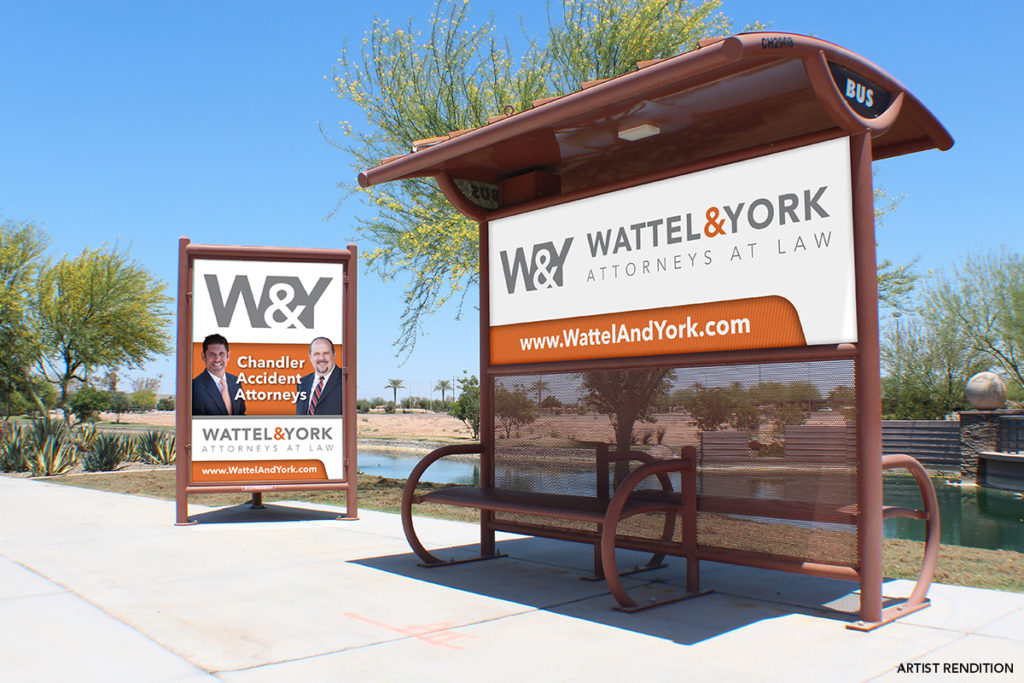
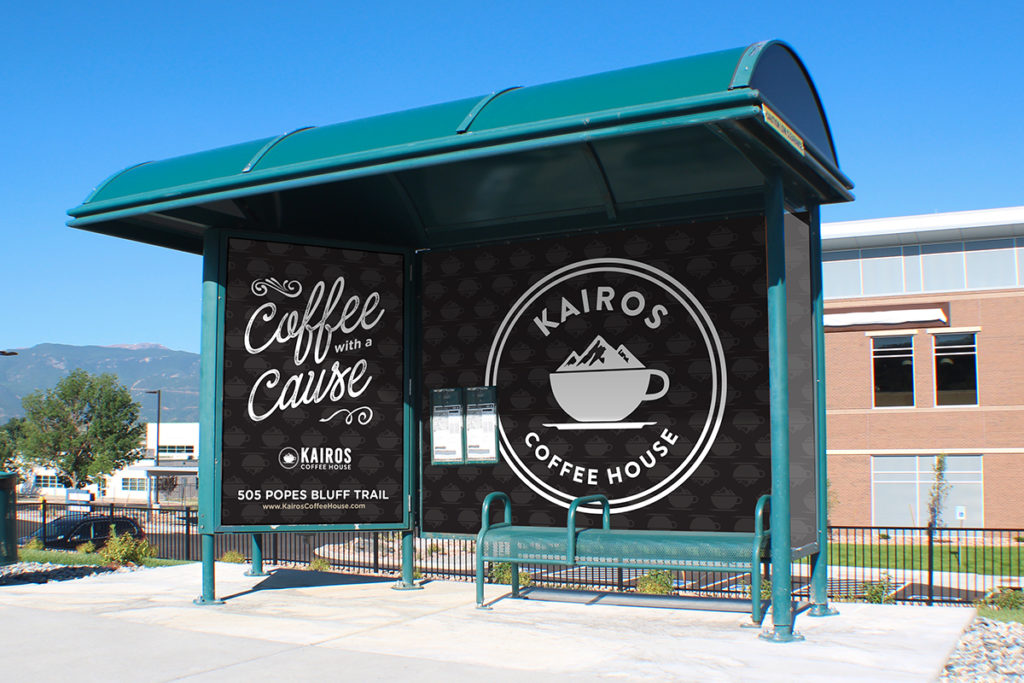
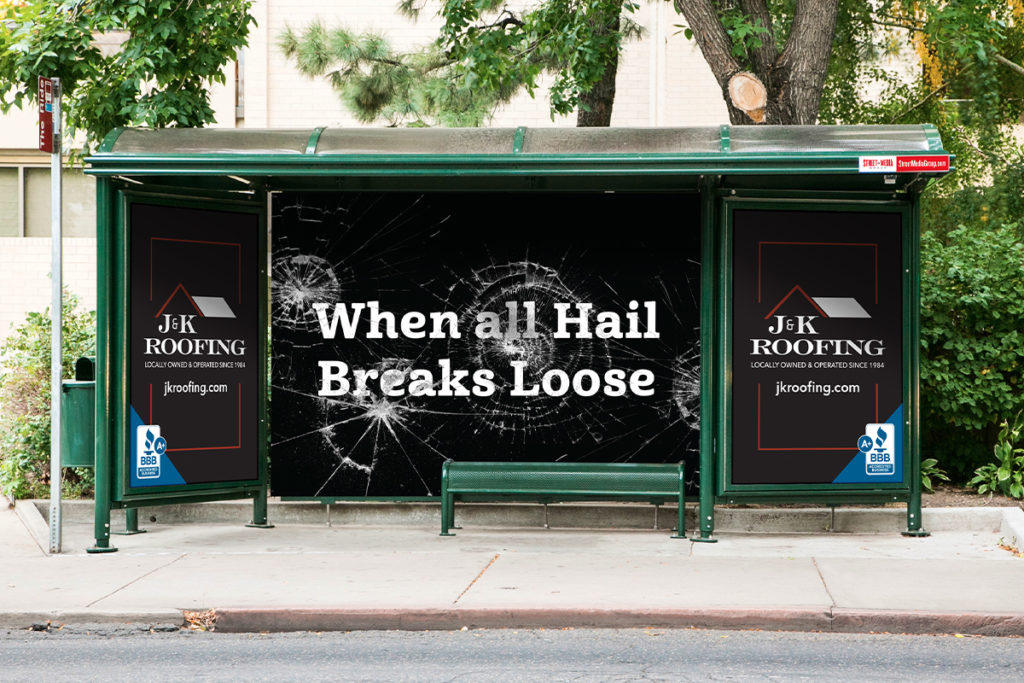
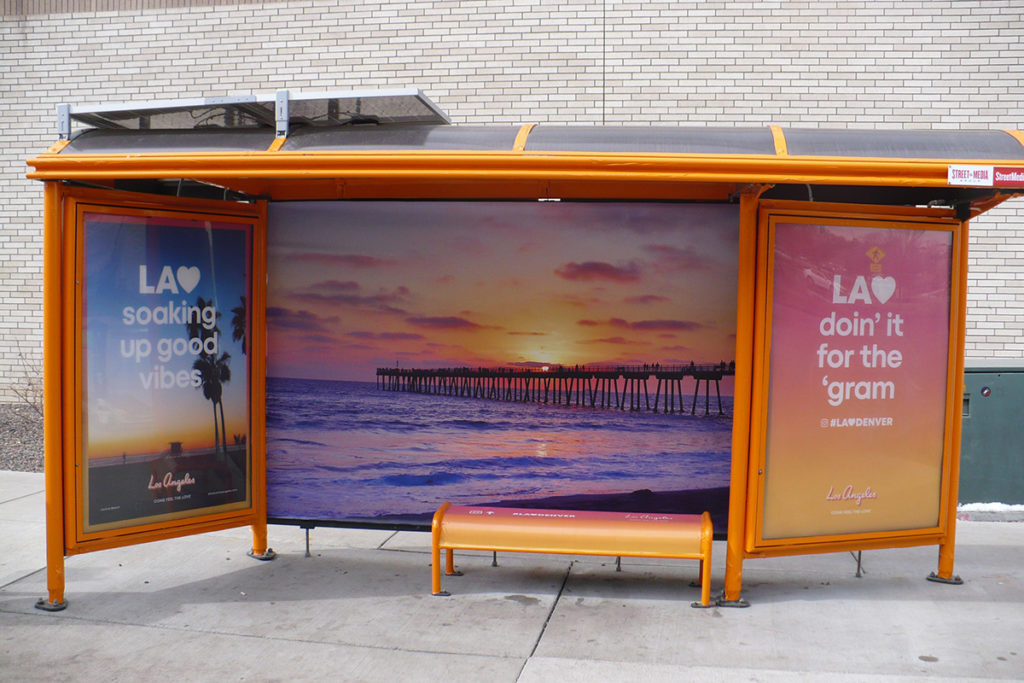
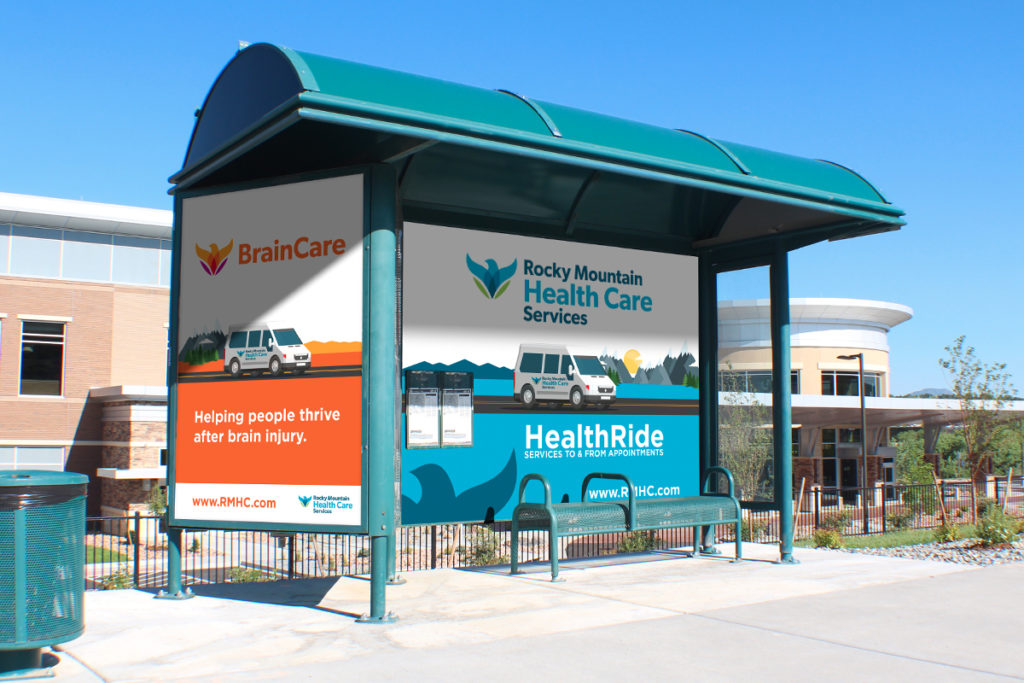
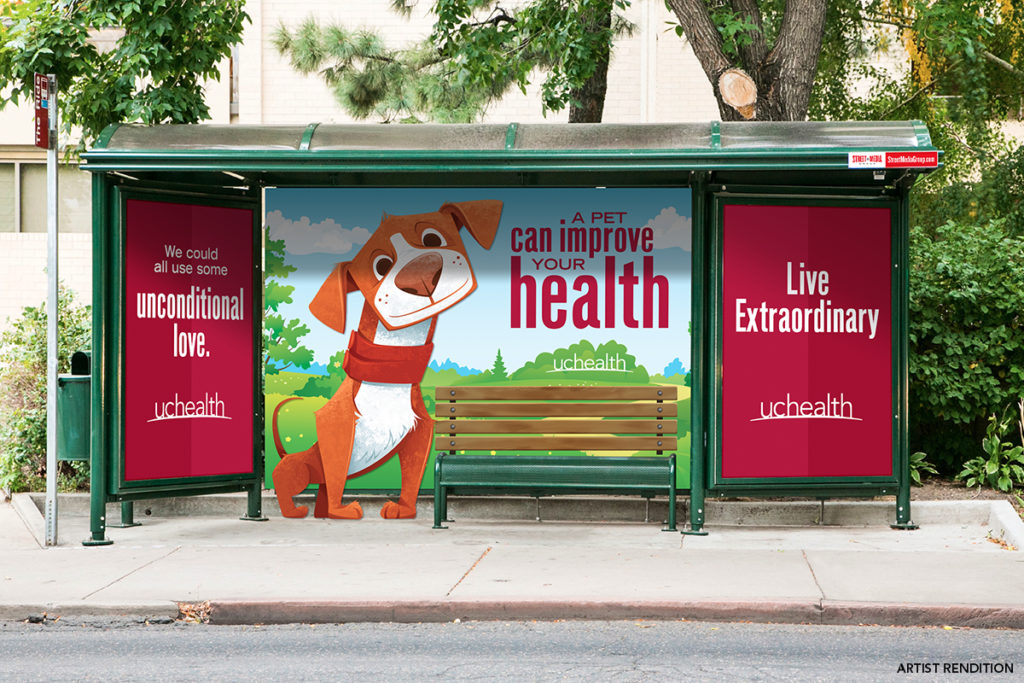
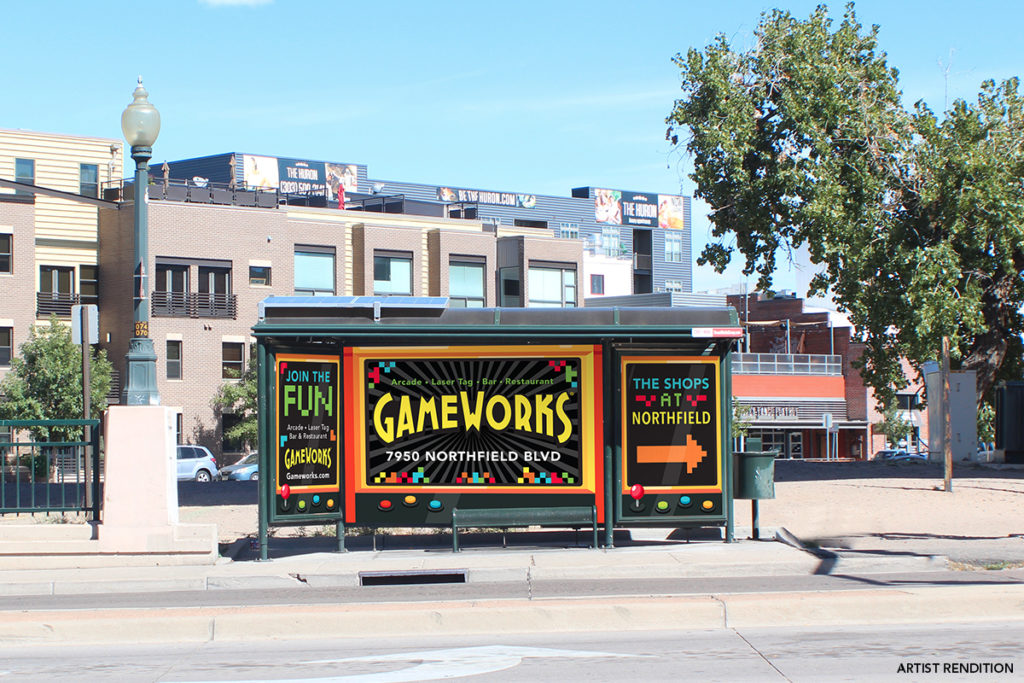
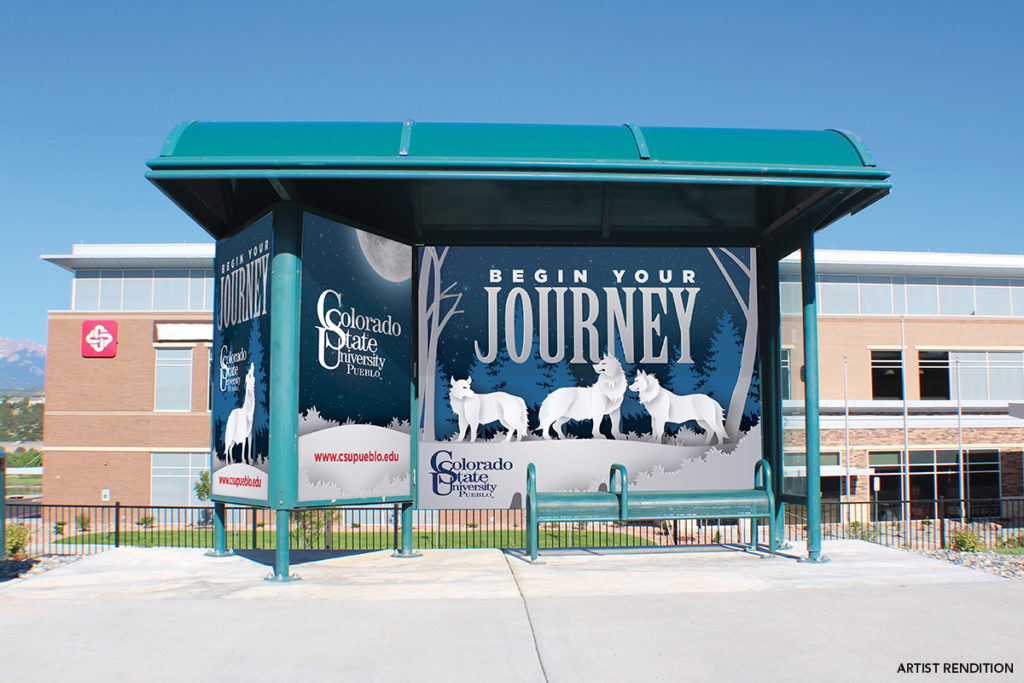
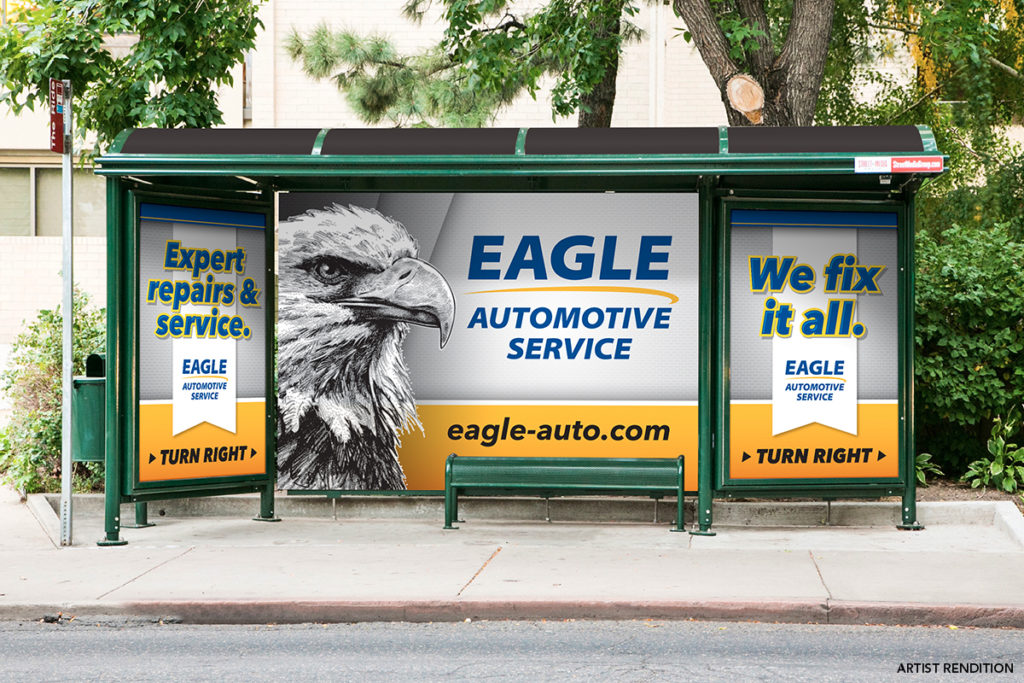
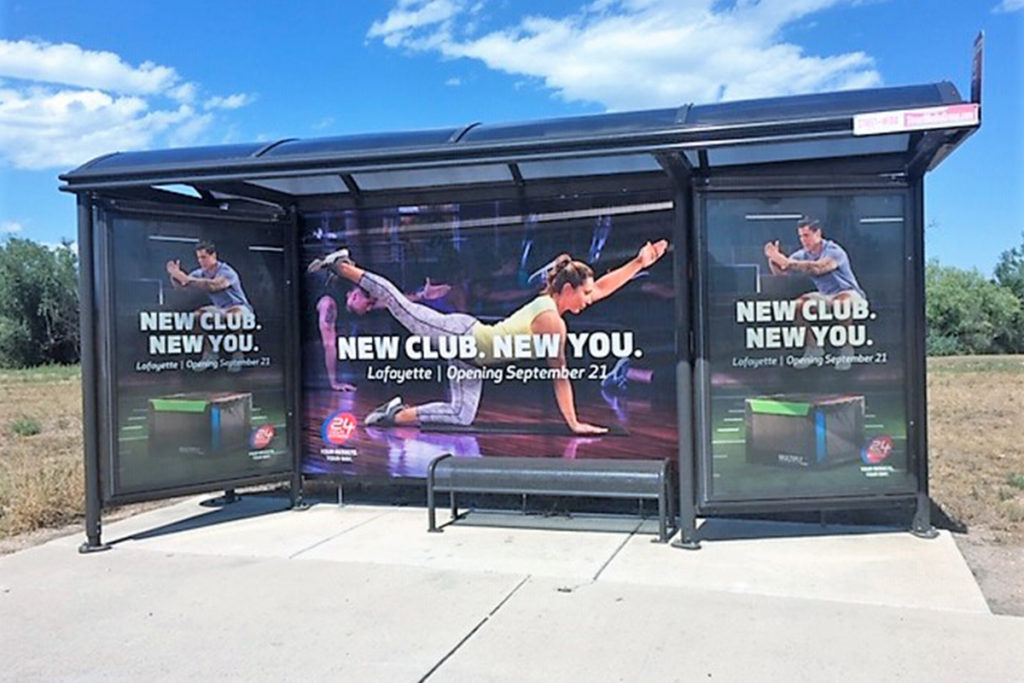
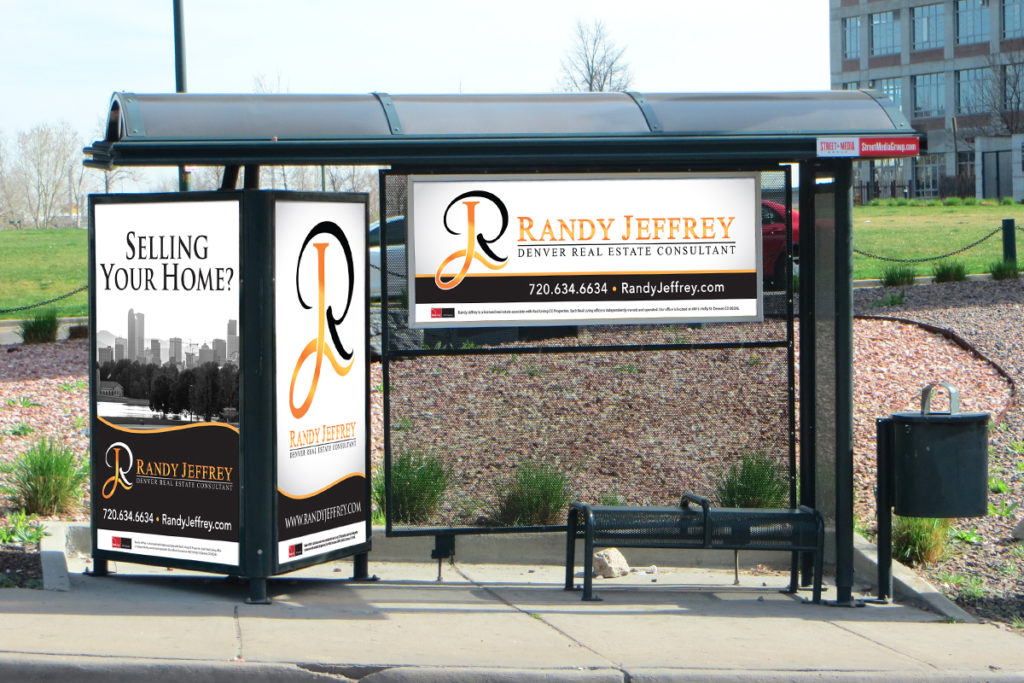
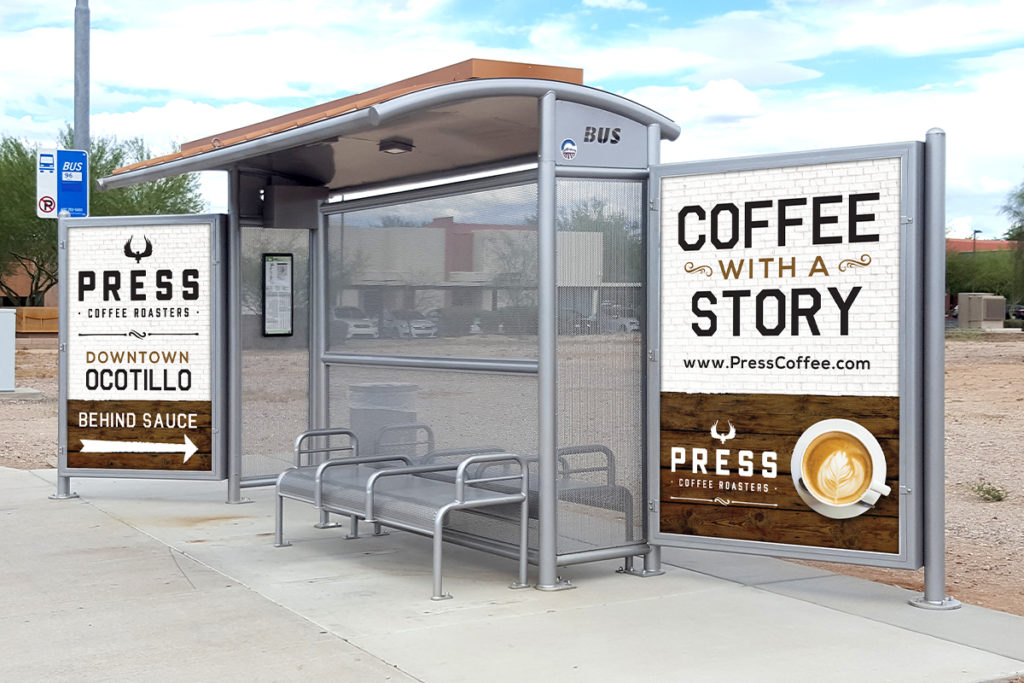
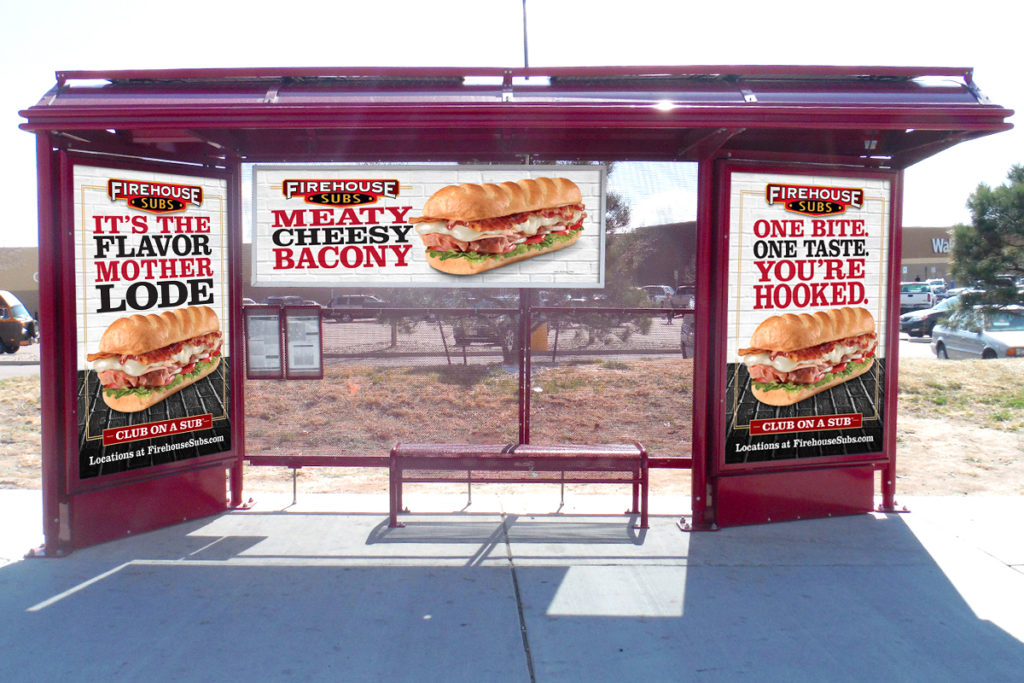
With smart creative execution, custom spectacular Curbside Castle bus stop ads can provide immersive brand experiences while delivering many practical benefits in visibility, engagement and longevity. Incorporating 3D elements into bus stop advertising can provide several benefits.
Increased Attention
Protruding 3D shapes stand out against flat backdrops, demanding attention from passersby. The human eye naturally focuses on 3D objects.
Interactivity
3D provides tactile interactivity, allowing consumers to touch and engage with an ad physically. This can lead to greater engagement and recall.
Novelty
3D ads can feel fresher, more modern and innovative compared to flat signage. The novelty captures interest.
Dimension
Sculptural 3D elements add literal dimension and depth to an otherwise flat medium. This added depth is visually striking.
Flexibility
3D pieces can be created in endless shapes and attached in flexible ways for greater creativity compared to 2D.
Realism
Detailed 3D props that complement the theme, like a giant cup for a coffee ad, boost realism and brand association.
Memorability
Consumers remember and recognize 3D advertising more easily thanks to the distinctiveness. It sticks in their minds.
Shelter Integration
3D allows ads to feel integrated into the shelter space rather than just stuck onto it.
Photogeneity
3D installations often make fun, intriguing backdrops for consumer photos, extending reach on social media.
Durability
High quality 3D pieces are resilient against weather and human interaction compared to paper/vinyl ads.
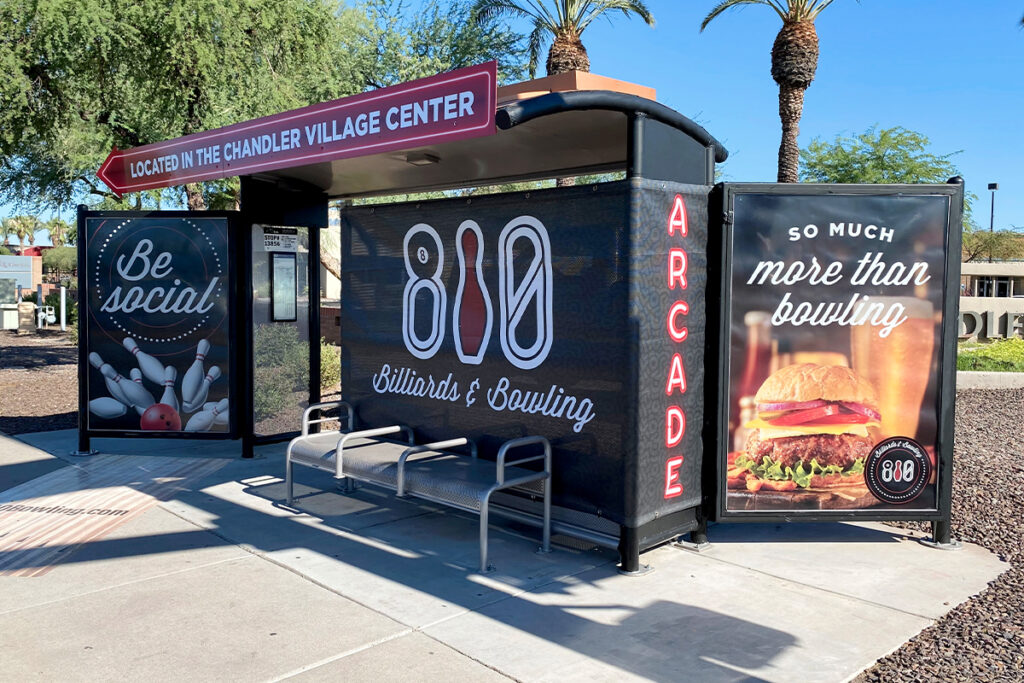
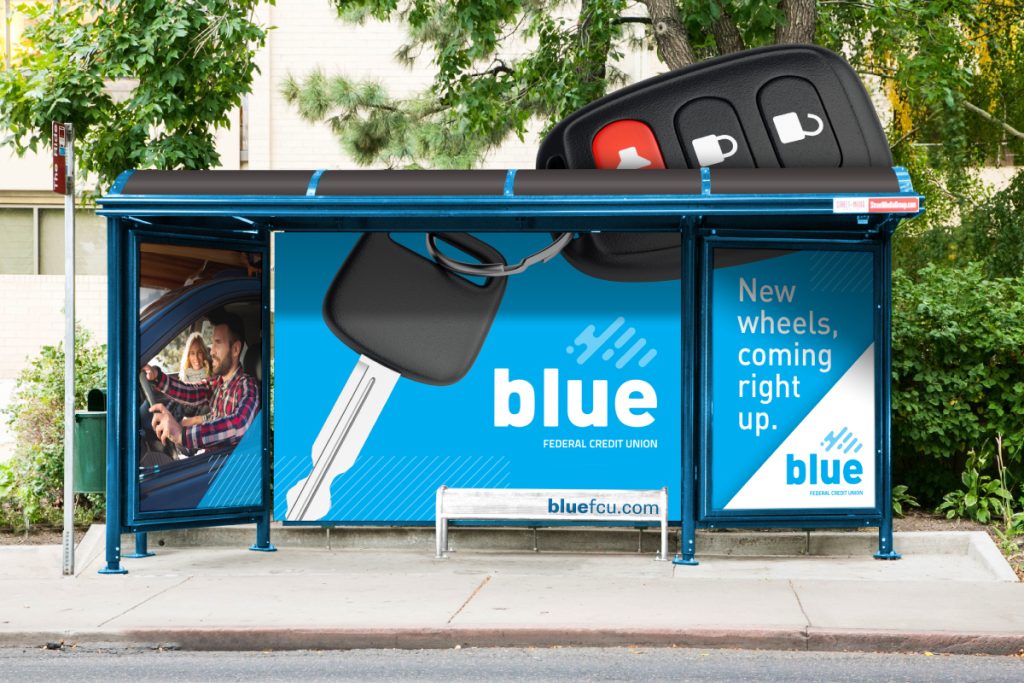
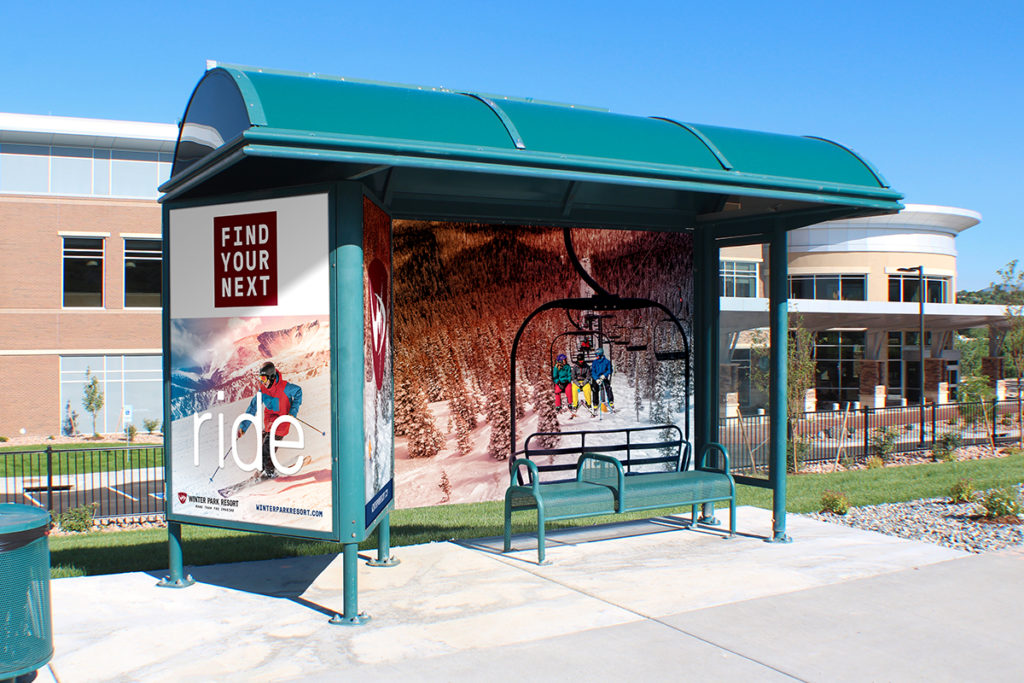

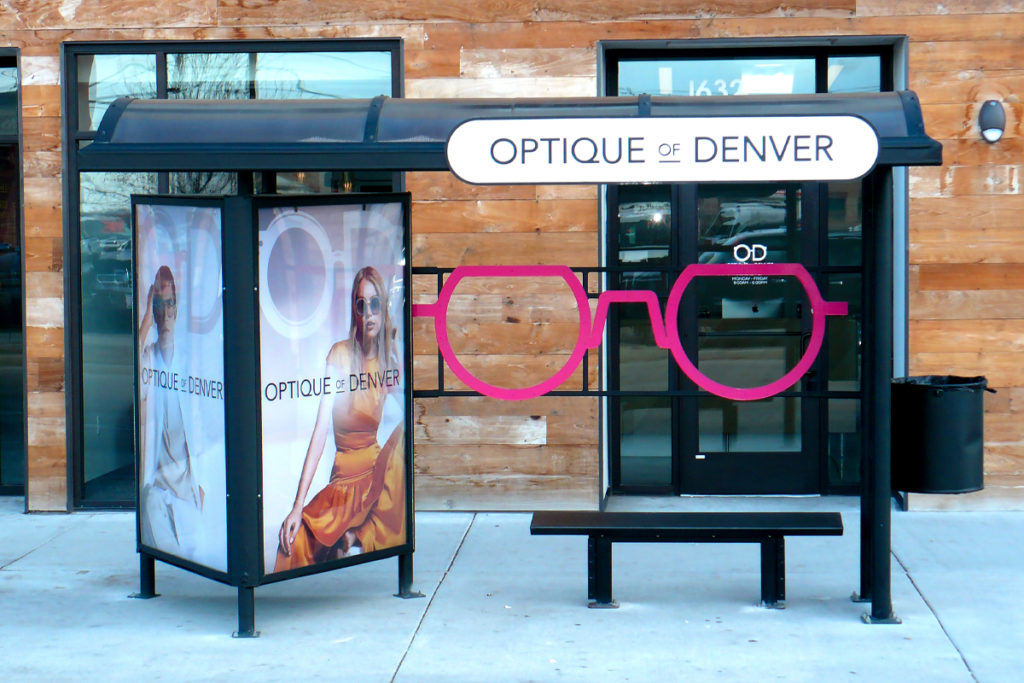
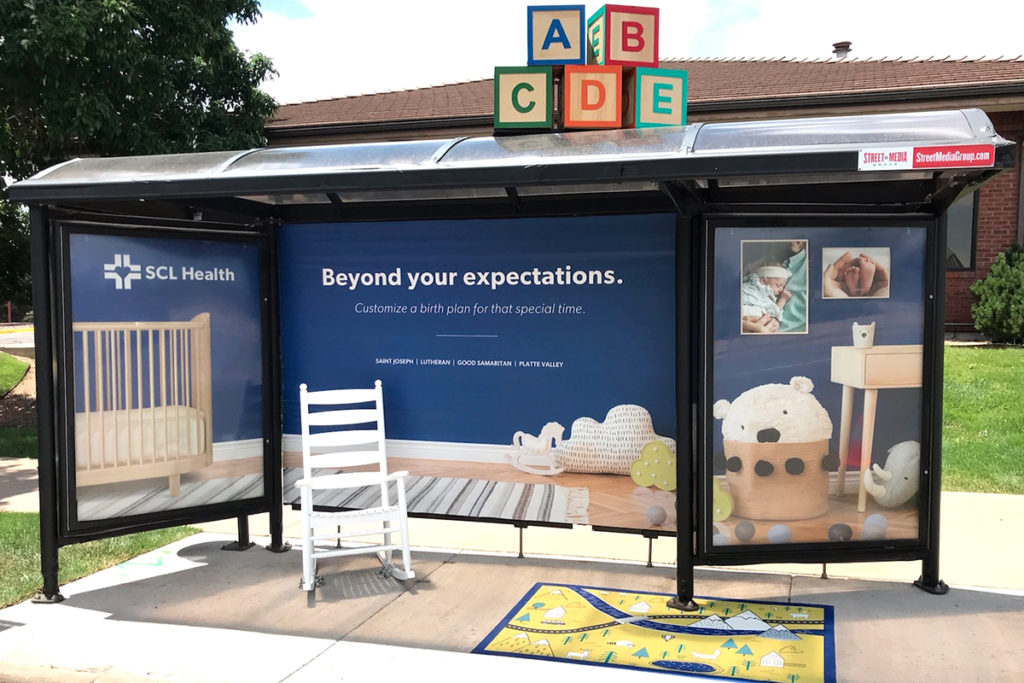
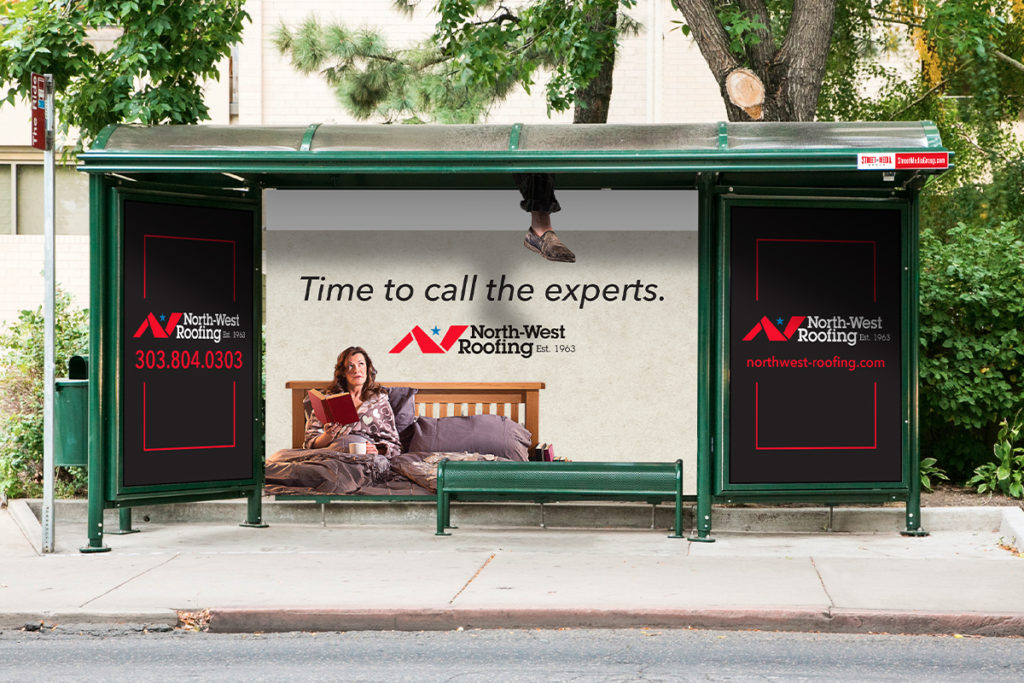

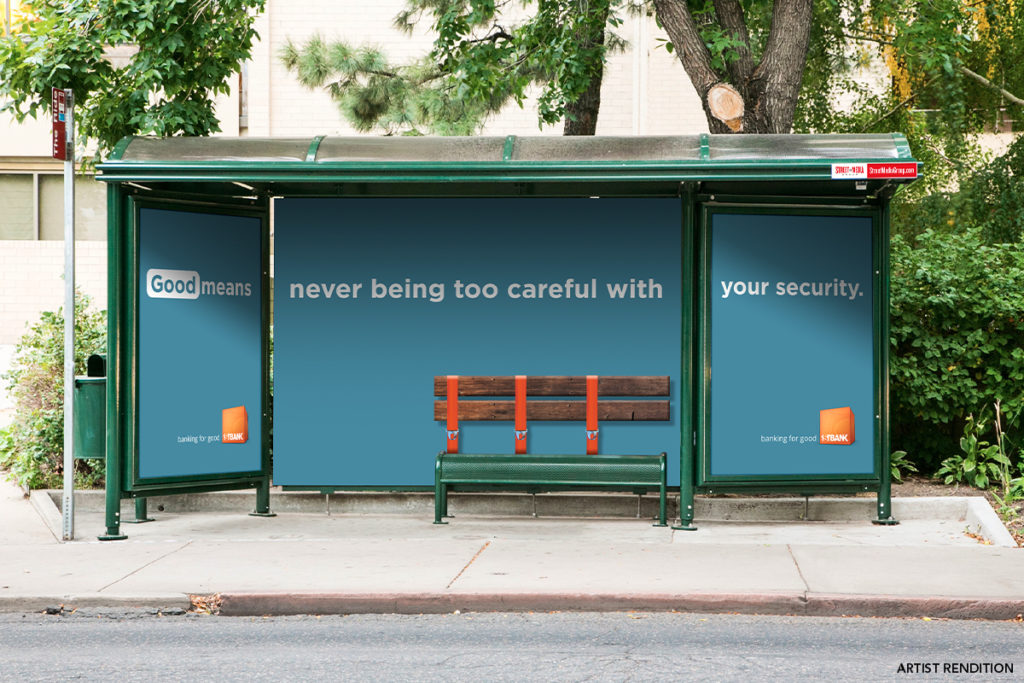
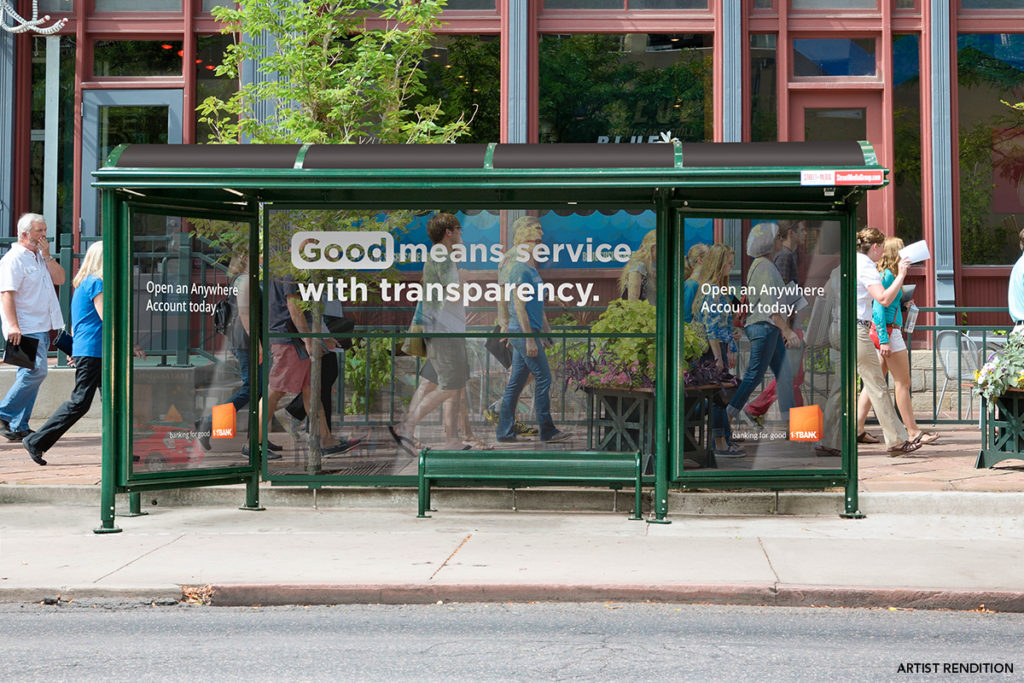
Bus stop ads deliver huge impressions to commuter traffic, and offer geographic targeting, flexibility for creative formats, and low production costs.
Bus stop ads tend to be most effective for brand awareness, event promotion, and directional campaigns. Demand the attention of your audience with a bold design, then create top–of–mind awareness with simple, engaging messaging. Bus stop advertising provides a unique way for brands to reach consumers in public transit hubs with targeted local messaging and high repeat exposure.
Reach out to Street Media Group to learn more about how our bus stop advertising options can make a big difference for your business.